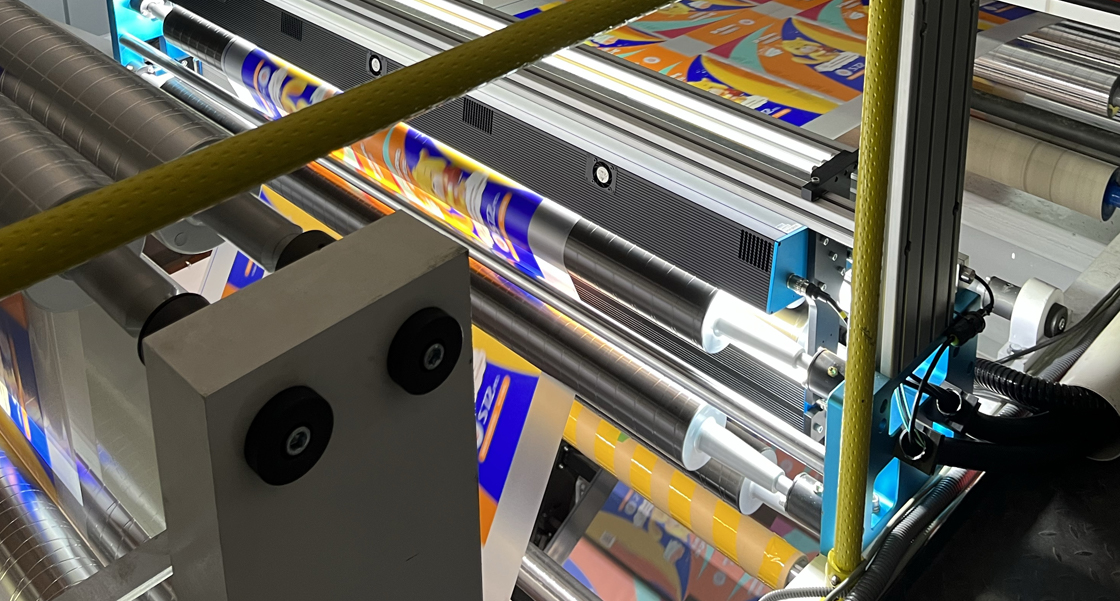Gude Vision Control has launched the GVM-CFL series quality control solution for the soft pack industry. The GVM-P-LC4096D-CFL series products are high-precision, automated printing quality testing equipment for wide roll products. Gude Vision Control has launched the GVM-CFL series quality control solution for the soft pack industry. The GVM-P-LC4096D-CFL series products are high-precision, automated printing quality testing equipment for wide roll products.
 Customer pain points
Customer pain points
Customer complaint:The market has high requirements for the quality of printed materials, and small defects cannot appear.
Capacity reduction:To ensure product quality, printing factories need to invest a lot of time and effort in detecting small defects. Not only does it increase production costs, but it also leads to low production efficiency.
Raw material issues:Many defects originate from the raw materials themselves, directly affecting the quality of the products.
Batch waste:Traditional manual visual inspection reveals that defects have caused a large number of defective products to appear, resulting in a significant amount of waste.
 Solution
Solution
Gude Vision Control provides a complete set of GVM-CFL series online quality inspection systems for quality control from raw materials to printed products.
Install a GVM-P-LC4096T-CFL online inspection system on the printing machine to solve continuous defects and production capacity issues, improve overall quality, and reduce customer complaints.
Install a GVM-R-LC4096T-CFL offline inspection system on the printing machine to solve raw material problems and eliminate defects to improve quality.
 Customer Value
Customer Value
1. Online quality inspection is more accurate and can detect extremely fine defects. (Defects larger than 0.3mm can only be detected by the human eye, while online detection can easily detect defects with a size of 0.1mm.)
2. Improve production efficiency. Online testing can provide long-term, high-speed continuous testing, reduce scrap rates, track production processes, and improve management efficiency.
3. Reduce costs and waste
4. Shorten printing preparation time, improve work efficiency and production capacity
5. Correct errors before batch waste occurs, ensuring that incorrect prints are not sent to customers
6. Continuously improving production processes and increasing customer satisfaction



